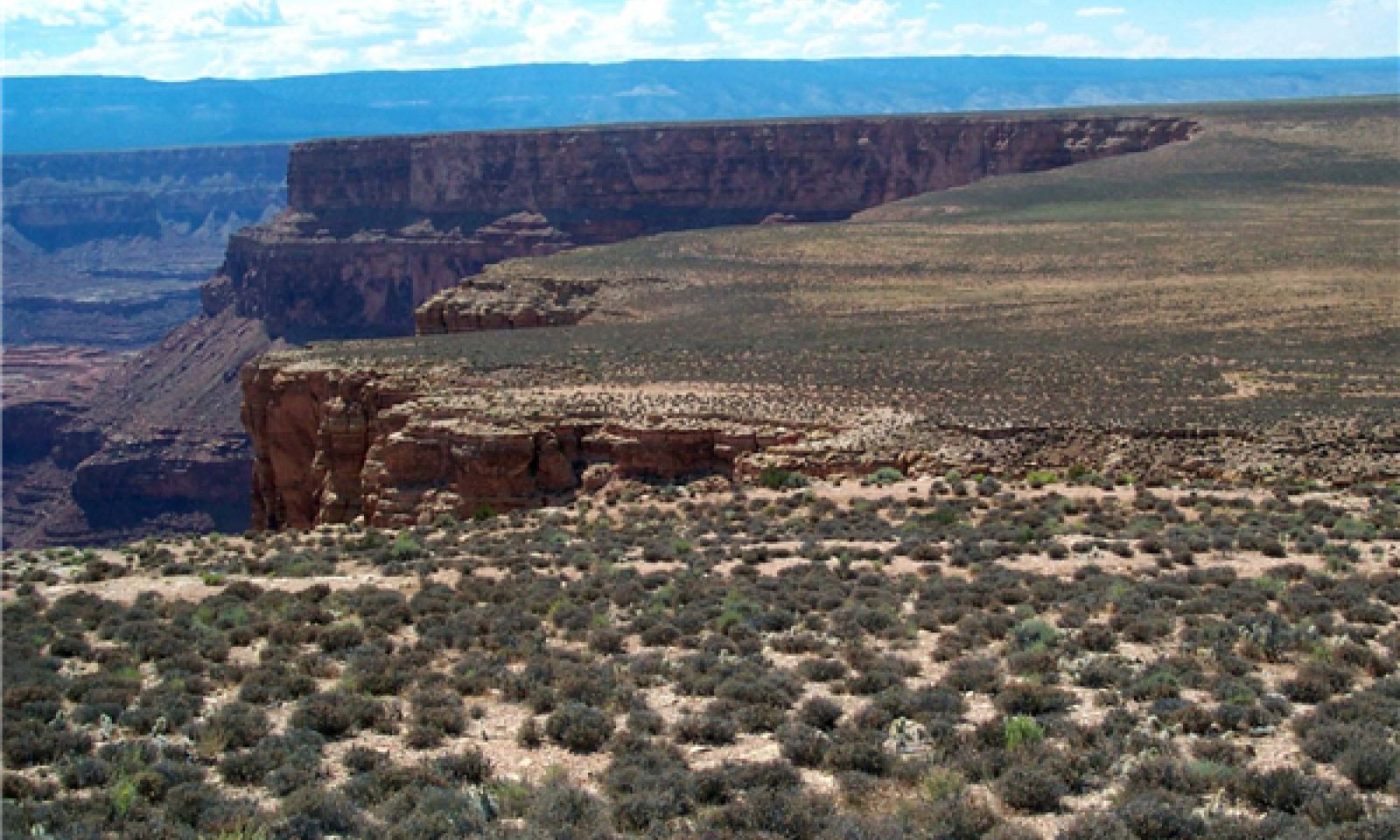
Sandstone Upland 10-14" p.z. Warm
Scenario model
Current ecosystem state
Select a state
Management practices/drivers
Select a transition or restoration pathway
- Transition T1A More details
-
No transition or restoration pathway between the selected states has been described
Target ecosystem state
Select a state
State 1
Reference State







Description
The dominate aspect is a shrub canopy of blackbrush with lesser amounts of Mormon tea, fourwing saltbush, Stansbury cliffrose and Bigelow sagebrush. Common grasses include blue grama, sand dropseed, James' galleta and Indian ricegrass. Blackbrush appears to act as a paleo-endemic species in this MLRA and may not be able to or be very slow to reestablish itself after significient disturbance. Plants likely to increase are annual grasses and forbs, perennial forbs and broom snakweed. Plants likely to invade and become established are cheatgrass, Russian thistle and red brome.
Submodel
Description
This state is similar to the Reference State, but non-native annual grasses and forbs have been introduced into the plant community. In the plant communities phases of the Introduced Non-Native State is the amount of annual grasses and forbs is only a small amount (1-3%), but will fluctuate slightly from year to year due to fluctuations in the amount and timing of precipitation. Normal soil surface disturbance expected from moderate levels of livestock grazing may cause the amount of non-native annual grasses and forbs to increase slightly.
Submodel
Model keys
Briefcase
Add ecological sites and Major Land Resource Areas to your briefcase by clicking on the briefcase (![]() ) icon wherever it occurs. Drag and drop items to reorder. Cookies are used to store briefcase items between browsing sessions. Because of this, the number of items that can be added to your briefcase is limited, and briefcase items added on one device and browser cannot be accessed from another device or browser. Users who do not wish to place cookies on their devices should not use the briefcase tool. Briefcase cookies serve no other purpose than described here and are deleted whenever browsing history is cleared.
) icon wherever it occurs. Drag and drop items to reorder. Cookies are used to store briefcase items between browsing sessions. Because of this, the number of items that can be added to your briefcase is limited, and briefcase items added on one device and browser cannot be accessed from another device or browser. Users who do not wish to place cookies on their devices should not use the briefcase tool. Briefcase cookies serve no other purpose than described here and are deleted whenever browsing history is cleared.
Ecological sites
Major Land Resource Areas
The Ecosystem Dynamics Interpretive Tool is an information system framework developed by the USDA-ARS Jornada Experimental Range, USDA Natural Resources Conservation Service, and New Mexico State University.
